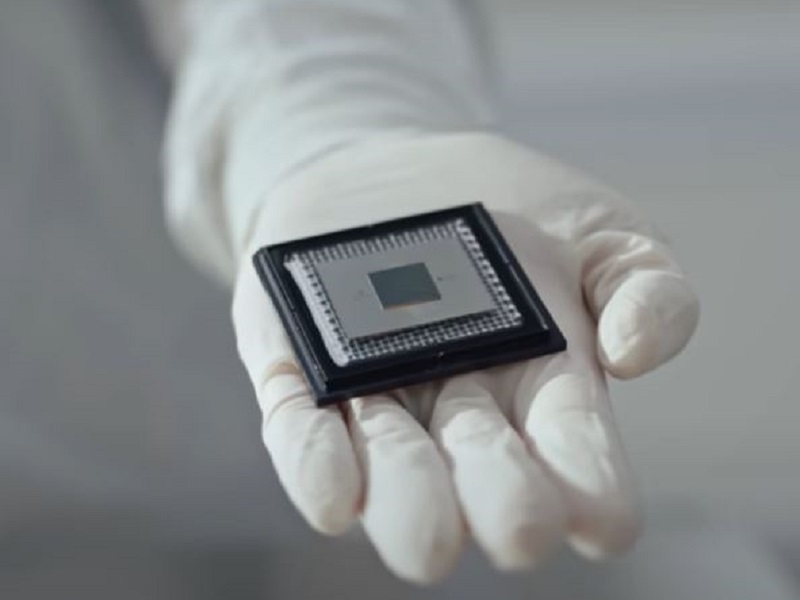Google claims to have overcome a key challenge in quantum error correction with the arrival of a new chip capable of solving problems in five minutes that would otherwise take a supercomputer ten septillion years to calculate.
The tech giant unveiled the powerful quantum chip, dubbed Willow, on Tuesday, marking a significant milestone in its quantum computing journey, which began when Google Quantum AI was founded in 2012.
It brings error-corrected quantum computing closer to reality, according to the company, and is another sign that very large quantum computers can be built.

Error correction remains one of the greatest challenges in quantum computing, with more errors occurring as more qubits – the basic unit of information in quantum computing – are added.
Google claims its Willow chip, which has 105 qubits and was designed at Google’s new purpose-built fabrication facility at Santa Barbara in California, changes that.
New results published in the scientific journal Nature on Tuesday show that Willow can reduce errors exponentially as more qubits are added, Google Quantum AI founder and lead Hartmut Neven said in a blog post.
“We tested ever-larger arrays of physical qubits, scaling up from a grid of 3×3 encoded qubits, to a grid of 5×5, to a grid of 7×7 – and each time, using our latest advances in quantum error correction, we were able to cut the error rate in half,” he said
“In other words, we achieved an exponential reduction in the error rate. This historic accomplishment is known in the field as “below threshold” – being able to drive errors down while scaling up the number of qubits.
“You must demonstrate being below threshold to show real progress on error correction, and this has been an outstanding challenge since quantum error correction was introduced by Peter Shor in 1995.”
Mr Neven said Willow was also able to perform a “standard benchmark computation in under five minutes that would take one of today’s fastest supercomputers 10 septillion (that is, 1025) years”.
“If you want to write it out, it’s 10,000,000,000,000,000,000,000,000 years. This mind-boggling number exceeds known timescales in physics and vastly exceeds the age of the universe,” he said.
“It lends credence to the notion that quantum computation occurs in many parallel universes, in line with the idea that we live in a multiverse, a prediction first made by David Deutsch.”
Following the breakthrough, Google will now seek to demonstrate a first “useful, beyond-classical” computation relevant to a real-world application as the global race heats up.
Tech giants Microsoft and IBM, PsiQuantum startup and local players like Diraq and Silicon Quantum Computing have all moved closer to their goals in recent months.
Californian-based PsiQuantum, which the federal and Queensland government have backed with a $940 million investment, is targeting 2027 for its first fault tolerant, error-corrected quantum computer.
Meanwhile, Sydney-based Diraq earlier this year said it is confident it can develop a commercial quantum computing system by 2028 using silicon quantum dots.
Do you know more? Contact James Riley via Email.

